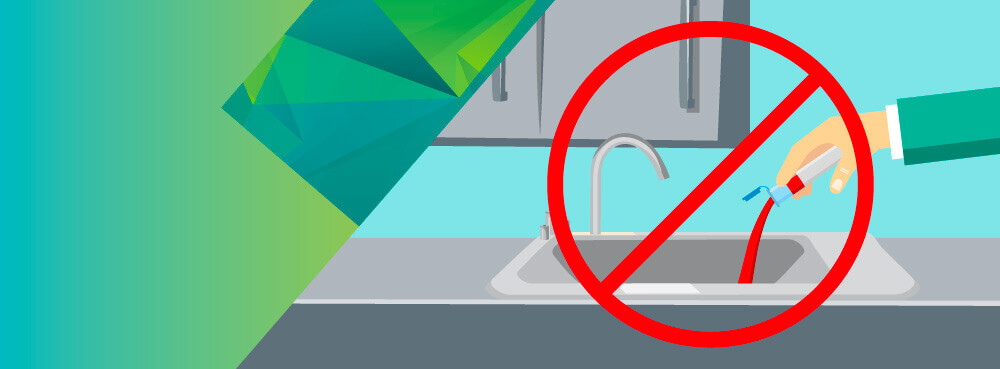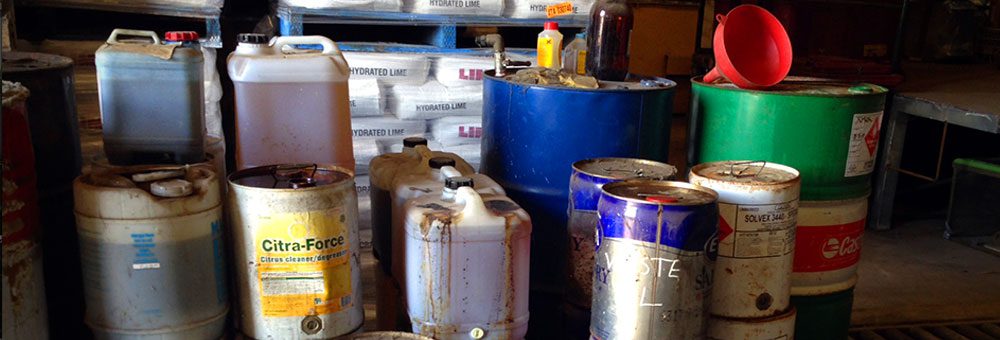Industrial Wastewater Treatment: Personalized Solutions for Facility Wastewater Obstacles
Industrial Wastewater Treatment: Personalized Solutions for Facility Wastewater Obstacles
Blog Article
Exactly How Liquid Waste Disposal Functions: An In-depth Overview of Strategies and Technologies Utilized

Overview of Liquid Waste Kind
The complexity of fluid waste kinds requires a thorough understanding of their qualities and implications for disposal. Liquid waste can broadly be categorized right into numerous kinds, including industrial, community, agricultural, and contaminated materials. Each category shows distinctive buildings, calling for certain administration techniques to reduce environmental and wellness threats.
Industrial liquid waste originates from making procedures and commonly includes a range of contaminants, such as hefty metals, solvents, and organic substances. Local liquid waste, largely making up wastewater from homes and commercial facilities, includes natural issue, nutrients, and pathogens (industrial wastewater treatment). Agricultural fluid waste, including runoff from ranches, may have plant foods, chemicals, and pet waste, posing dangers to water quality and communities
Dangerous liquid waste is defined by its toxicity, sensitivity, or possible to trigger damage. Recognizing these diverse liquid waste kinds is crucial for establishing reliable disposal approaches and guaranteeing conformity with ecological laws.
Physical Treatment Techniques

Screening is the initial step, where larger particles and particles are gotten rid of from the liquid waste utilizing screens or grates. In sedimentation tanks, heavier bits work out at the bottom, creating a sludge layer, while the made clear liquid can be further dealt with.
Purification is another crucial approach that entails passing the liquid through porous products, such as sand or membranes, to capture smaller sized fragments. This step improves the quality of the fluid, making it suitable for succeeding treatment procedures.

Chemical Therapy Techniques
Chemical therapy techniques are necessary for efficiently taking care of liquid waste, particularly in attending to dissolved and colloidal impurities that physical approaches may not adequately eliminate. These methods utilize numerous chemical agents to neutralize, speed up, or change hazardous compounds right into less hazardous kinds.
One common technique is coagulation and flocculation, where chemicals such as alum or ferric chloride are included in advertise the aggregation of put on hold fragments. This process enhances sedimentation, permitting for easier removal of the resulting sludge. Furthermore, oxidation procedures, employing agents like chlorine or ozone, are utilized to damage down intricate organic compounds and microorganisms, providing the waste more secure for discharge or further treatment.
Neutralization is one more important strategy, which adjusts the pH of acidic or alkaline waste streams to neutral levels, avoiding prospective injury to downstream systems and the setting. In addition, progressed oxidation procedures (AOPs) make use of mixes of oxidants and ultraviolet light to degrade persistent contaminants, accomplishing a higher level of treatment effectiveness.
Biological Treatment Processes
Biological treatment processes play an important function in the administration of fluid waste by using bacteria to disintegrate raw material and decrease pollutant levels. These processes can be broadly classified right into cardiovascular and anaerobic treatments, each employing specific microbial communities to attain reliable waste destruction.
Cardiovascular treatment involves making use of oxygen to facilitate the breakdown of natural products by germs. This process is commonly applied in turned on sludge systems, where aeration tanks supply a favorable environment for microbial development, bring about the oxidation of natural toxins. The resultant biomass can be separated from dealt with effluent through sedimentation.
In comparison, hop over to these guys anaerobic treatment happens in the absence of oxygen, relying upon various microorganisms to damage down raw material. This technique is especially advantageous for high-strength waste, as it produces biogas, a renewable resource source, while decreasing sludge manufacturing. Technologies such as anaerobic digesters are often employed in municipal and commercial applications.
Both cardio and anaerobic organic therapies not only minimize the ecological impact of fluid waste but likewise help with resource healing, making them vital parts of sustainable waste monitoring techniques. Their versatility, efficiency, and efficiency sustain their widespread application throughout numerous sectors.
Arising Technologies in Disposal
Innovative methods to fluid garbage disposal are rapidly advancing, driven by improvements in modern technology and an enhancing emphasis on sustainability. Amongst these arising modern technologies, membrane layer bioreactors (MBRs) have gotten grip for their capacity to combine biological therapy with membrane filtering, causing top quality effluent that can be reused in different applications. MBRs allow smaller sized footprints and much more effective operations compared to standard systems.
One more encouraging development is using anaerobic food digestion incorporated with nutrient healing innovations, which not only deals with liquid waste however additionally generates biogas and recuperates beneficial nutrients like nitrogen and phosphorus. This dual advantage boosts source performance and lowers ecological influence.
Furthermore, progressed oxidation processes (AOPs) are being adopted for the degradation of complex natural toxins. These techniques use powerful oxidants and catalysts to damage down impurities at the molecular degree, providing a highly effective remedy for difficult waste streams.
Additionally, the combination of expert system and artificial intelligence in waste monitoring systems is enhancing functional performance and predictive upkeep, bring about minimized costs and improved environmental conformity. These modern technologies show a significant change towards even more reliable and sustainable fluid waste disposal techniques.
Final Thought
In conclusion, reliable liquid garbage disposal requires a comprehensive understanding of various strategies and innovations. The assimilation of physical, chemical, and biological therapy approaches ensures the efficient monitoring of diverse waste kinds. Furthermore, the introduction of innovative modern technologies enhances treatment efficiency and promotes sustainability in waste administration practices. By continuously advancing these approaches, it ends up being possible to resolve the growing difficulties connected with fluid waste, inevitably adding to environmental defense and source recovery.
Fluid waste disposal is a vital about his element of environmental administration, requiring a thorough understanding of various techniques and innovations tailored to different waste kinds. Fluid waste can broadly be Visit This Link categorized into several types, including industrial, municipal, agricultural, and hazardous waste. Agricultural liquid waste, consisting of runoff from ranches, might include plant foods, chemicals, and animal waste, positioning threats to water high quality and communities.
Numerous physical therapy techniques play an important function in taking care of fluid waste successfully - industrial wastewater treatment.In conclusion, effective fluid waste disposal demands a thorough understanding of different strategies and innovations
Report this page